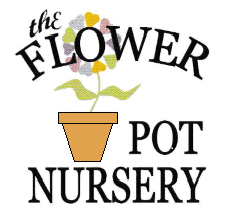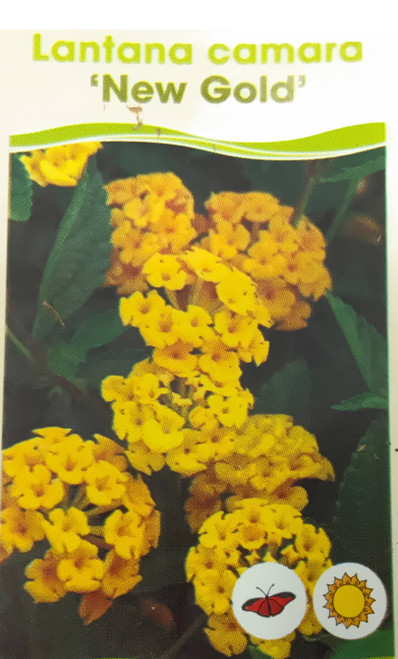Lantana camara (common lantana) is a species of flowering plant within the verbena family (Verbenaceae), native to the American tropics. Other common names of L. camara include Spanish flag, big-sage (Malaysia), wild-sage, red-sage, white-sage (Caribbean), korsu wiri or korsoe wiwiri (Suriname), tickberry (South Africa), West Indian lantana, umbelanterna, putus in Bengal and Gu Phool in Assam, India.
As an ornamental, L. camara is often cultivated indoors, or in a conservatory, but can also thrive in a garden with sufficient shelter in cooler climates. It has spread from its native Central and South America to around 50 countries, where it has become an invasive species. It first spread out of the Americas when it was brought to Europe by Dutch explorers and cultivated widely, soon spreading further into Asia and Oceania where it has established itself as a notorious weed, and in Goa it was introduced by the Portuguese.
L. camara can outcompete native species, leading to a reduction in biodiversity. It can also cause problems if it invades agricultural areas as a result of its toxicity to livestock, as well as its ability to form dense thickets which, if left unchecked, can greatly reduce the productivity of farmland.
Lantana camara is a perennial, erect sprawling or scandent, shrub. Due to extensive selective breeding throughout the 17th and 18th Centuries for use as an ornamental plant, there are now many different L. camara cultivars.
L. camara has small tubular shaped flowers, which each have four petals and are arranged in clusters in terminal areas stems. Flowers come in many different colours, including red, yellow, white, pink and orange, which differ depending on location in inflorescences, age, and maturity. The flower has a tutti frutti smell with a peppery undertone. After pollination occurs, the colour of the flowers changes (typically from yellow to orangish, pinkish, or reddish); this is believed to be a signal to pollinators that the pre-change colour contains a reward as well as being sexually viable, thus increasing pollination efficiency.
The leaves are broadly ovate, opposite, and simple and have a strong odour when crushed.
The fruit of L. camara is a berry-like drupe which turns from green to dark purple when mature. Green unripe fruits are inedible to humans and animals alike. Because of dense patches of hard spikes on their rind, ingestion of them can result in serious damage to the digestive tract. Both vegetative (asexual) and seed reproduction occur. Up to 12,000 fruits can be produced by each plant which are then eaten by birds and other animals which can spread the seeds over large distances, facilitating the spread of L. camara.
Give credit where credit is due: Wikipedia 2021
FlowerPotNursery Ham and Eggs Lantana Lantana camara Ham and Eggs 4” Pot
The Flower Pot Nursery
$7.99
- SKU:
- LCHE040521











